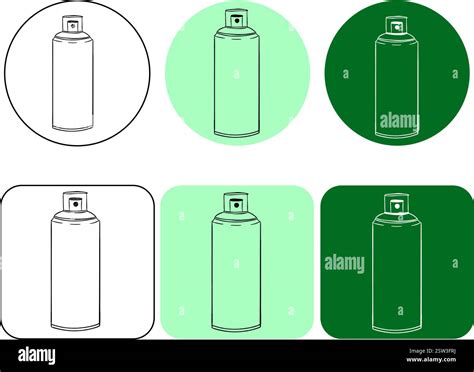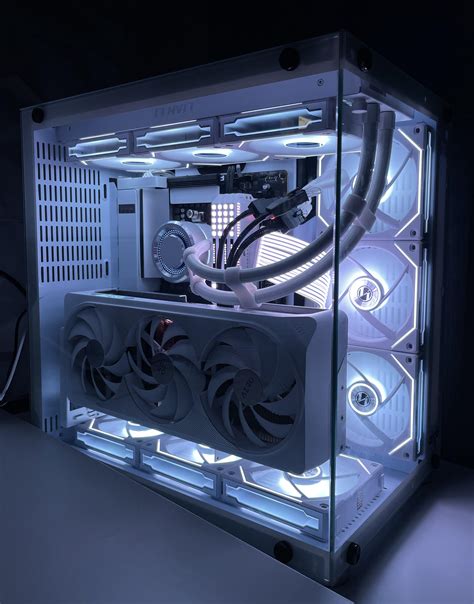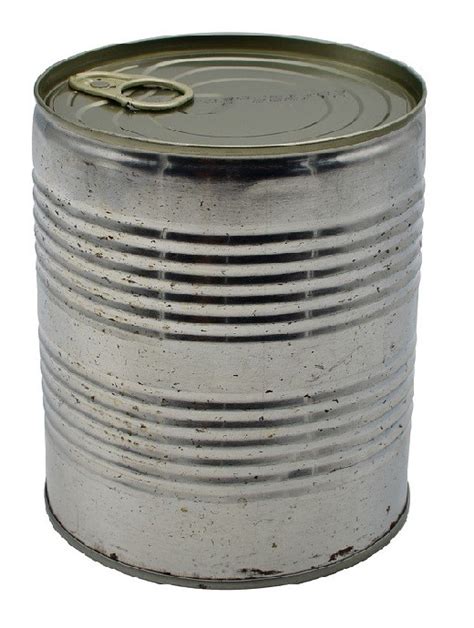Conquer strength plateaus: Optimize training for peak performance?
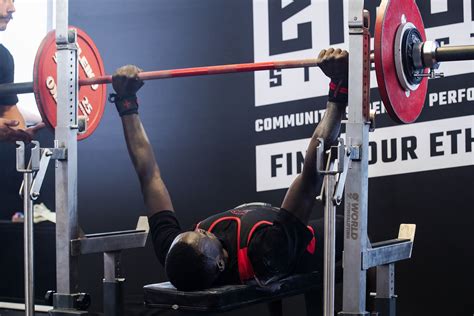
Every dedicated lifter eventually faces it: the dreaded strength plateau. You’re putting in the work, but the numbers on the bar refuse to budge. It’s frustrating, demotivating, and can make you question your entire training approach. But a plateau isn’t a dead end; it’s a signal that your body has adapted to your current stimulus, and it’s time to introduce new challenges. Overcoming these barriers is crucial for continuous progress and achieving peak physical performance.
Understanding Why Plateaus Happen
Strength plateaus typically occur when your body has fully adapted to the stress it’s being put under. The initial gains are often rapid as your nervous system learns to efficiently recruit muscle fibers. However, as you become more advanced, the law of diminishing returns kicks in. Common culprits include:
- Insufficient Progressive Overload: Not consistently increasing resistance, reps, sets, or training density over time.
- Lack of Training Variation: Performing the same exercises in the same rep ranges, leading to adaptation without further stimulus.
- Poor Recovery: Inadequate sleep, nutrition, or excessive stress preventing muscle repair and growth.
- Suboptimal Nutrition: Not fueling your body properly for performance and recovery.
- Over-training: Pushing too hard without sufficient rest, leading to fatigue and diminished performance.

Key Strategies to Break Through Plateaus
Breaking a plateau requires a multi-faceted approach. It’s not just about lifting heavier; it’s about training smarter.
1. Revisit Progressive Overload
While the concept is simple, its application can be nuanced. If you’ve been stuck on the same weight for weeks, consider:
- Micro-loading: Use smaller weight increments (e.g., 1.25lb plates) to gradually increase load.
- Increased Volume: Add an extra set or a few more reps to your working sets.
- Improved Form: Sometimes, poor form is the limiting factor. Refine your technique to lift more efficiently and safely.
- Increased Frequency: If appropriate for your recovery, train a muscle group more often.
- Reduced Rest Times: Gradually decrease rest periods between sets to increase training density.
2. Vary Your Training Stimulus (Periodization)
Your body thrives on novelty. Periodization involves strategically altering training variables over time.
- Deload Weeks: Periodically reduce volume and intensity significantly (e.g., 50-60% of your usual) for a week. This allows your body to fully recover, repair, and often come back stronger.
- Exercise Variation: Swap out primary exercises for similar movements (e.g., barbell bench press for dumbbell press, back squat for front squat). This targets muscles from slightly different angles and introduces new motor patterns.
- Rep Range Cycling: Alternate between strength phases (low reps, heavy weight), hypertrophy phases (moderate reps, moderate weight), and endurance phases (high reps, lighter weight).
- Advanced Training Techniques: Incorporate techniques like dropsets, supersets, cluster sets, forced reps, or negative reps judiciously for a short period to shock your system.

3. Optimize Nutrition and Recovery
Training breaks your body down; nutrition and recovery build it back up stronger. These are often the most overlooked aspects.
- Calorie Intake: Ensure you’re eating enough calories to support muscle growth and recovery, especially if you’re in a caloric deficit for too long. A slight surplus can sometimes be necessary to break strength barriers.
- Macronutrient Balance: Prioritize protein intake (1.6-2.2g per kg body weight) for muscle repair, complex carbohydrates for energy, and healthy fats for hormone production.
- Hydration: Dehydration significantly impacts performance and recovery. Drink plenty of water throughout the day.
- Sleep: Aim for 7-9 hours of quality sleep per night. This is when the majority of muscle repair and hormone regulation occurs.
- Stress Management: Chronic stress elevates cortisol, which can hinder recovery and muscle growth. Incorporate stress-reducing activities.

4. Embrace Mindset and Tracking
Your mental approach and data tracking play a significant role.
- Set New Goals: Sometimes a plateau means you’re no longer excited about your current goal. Set a new, challenging but achievable target.
- Detailed Tracking: Keep a meticulous log of your workouts—weights, reps, sets, perceived effort, and even how you felt that day. This data is invaluable for identifying patterns and making informed adjustments.
- Seek Feedback: A coach or experienced training partner can often spot issues you might be overlooking.
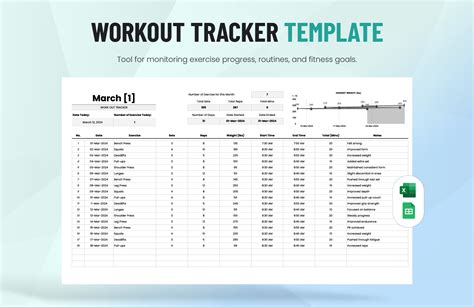
Putting It All Together for Peak Performance
Breaking through a strength plateau isn’t about finding a single magic bullet; it’s about intelligently manipulating multiple variables. Start by identifying which area is your weakest link—is it your training program, your nutrition, or your recovery? Implement changes systematically, track your results, and be patient. Consistency, combined with smart adjustments, is the ultimate recipe for continuous progress and achieving your peak performance potential.




